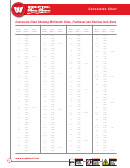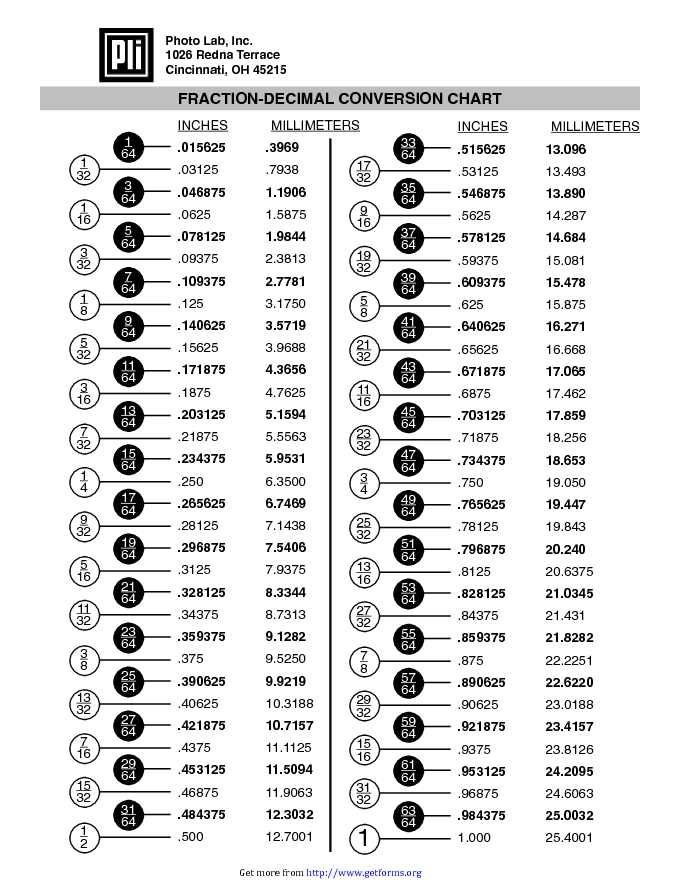

Then, multiply both the numerator and denominator by the multiple to find the equivalent fractions with matching denominators. To do this, divide the LCD by the denominator of each fraction. Once you have found the lowest common denominator, you will then find what multiple you need to multiply each fraction to make the denominators match. Enter a decimal number in the space above, then press Convert to Fraction to send the number and calculate the equivalent fraction. To do this, find the lowest common denominator (LCD), which is the smallest number that both denominators can divide into evenly. This calculator allows you to convert real numbers, including repeating decimals, into fractions. Convert each fraction to an equivalent fraction with matching denominators.

To calculate mixed numbers in improper fraction form, you need to ensure that they have the same denominator. Step Two: Convert to Fractions with Matching Denominators Repeat this process for each mixed number. Use the denominator from the original fraction as the new denominator. The result is the numerator for the improper fraction. To convert a mixed number to an improper fraction, multiply the whole number by the fraction’s denominator, then add that to the fraction’s numerator. An improper fraction is a fraction with a numerator that is greater than or equal to the denominator. The first step in calculating mixed numbers is to convert each one to an improper fraction. Step One: Convert the Mixed Numbers to Improper Fractions You can add or subtract mixed numbers in a few simple steps, You can use the calculator above to calculate mixed numbers, but you can also calculate them by hand as well. Calculating mixed numbers is very similar to calculating fractions, but with one extra step. So, we should have to multiply and divide by 100. Example 1: Find out the fraction of 0.35 The last digit is 5 that is at the hundredths place. Cells that are formatted with the General format do not have a specific number format.A mixed number is a whole number combined with a fraction representing a part of the whole. 0.123 Here, 1 comes at tenths, 2 comes at hundredths, and 3 comes at thousandths. To reset the number format, click General in the Category box ( Format Cells dialog box) or in the Number Format box ( Home tab, Number group). Step b: Now, multiply the numerator and the denominator by 10 for every. Follow these steps to manually convert any terminating decimal into a fraction: Step a: Write the decimal number in fraction format, with the number as the numerator and 1 in the denominator. However, you cannot perform mathematical calculations on fractions that are displayed as text. Terminating decimals have a limited number of digits after the decimal point. This way, the fractions that you type will not be reduced or converted to decimals.

If you don't need to perform calculations on fractions, you can format a cell as text before you type a fraction into it by clicking Text in the Category list. To display it as a fraction, apply a Fraction format, and then retype the fraction. If no fraction format is applied to a cell, and you type a fraction such as 1/2, it will be formatted as a date. 5 or 1/2 results in 1/2 when the cell has been formatted with a fraction type of Up to one digit. The number in the active cell of the selection on the worksheet appears in the Sample box so that you can preview the number formatting options that you select.Īfter you apply a fraction format to a cell, decimal numbers as well as actual fractions that you type in that cell will be displayed as a fraction. In the Type list, click the fraction format type that you want to use.ġ23 1/2, rounding to the nearest single-digit fraction valueġ23 26/57, rounding to the nearest double-digit fraction valueġ23 57/125, rounding to the nearest triple-digit fraction value On the Home tab, click the Dialog Box Launcher next to Number. Select the cells that you want to format. Use the Fraction format to display or type numbers as actual fractions, rather than decimals.


 0 kommentar(er)
0 kommentar(er)
